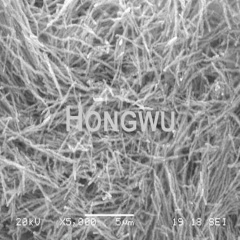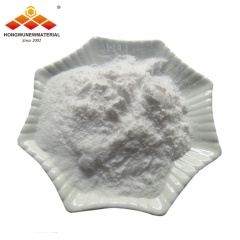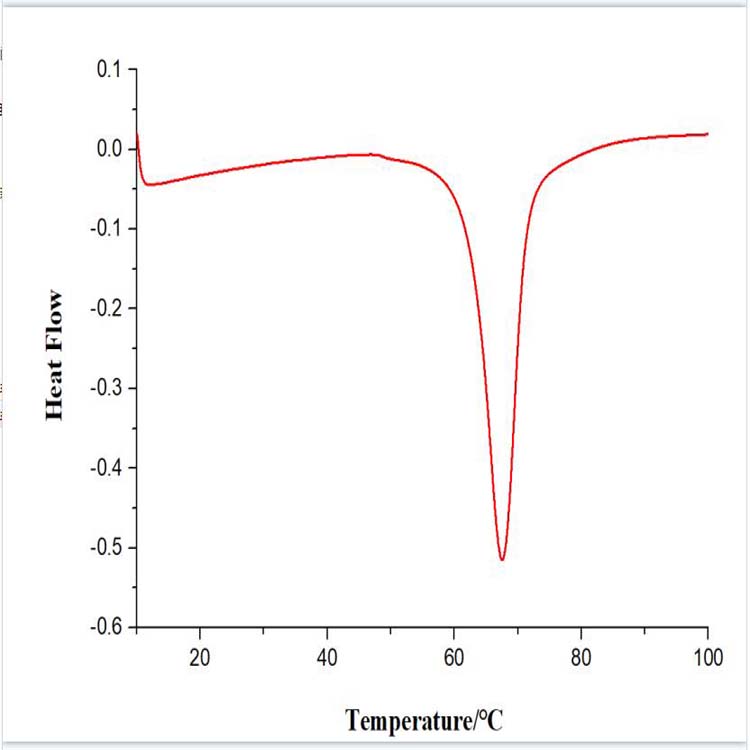The necessary conditions for uniform dispersion of carbon nanotubes are to break up the dispersion of carbon nanotube agglomerates, short carbon nanotubes, and long carbon nanotubes. The specific dispersion methods include physical methods and chemical methods. The physical dispersion methods include grinding, dispersing, ball milling, and ultrasonics. The chemical dispersion methods include the addition of surfactants, strong acid and alkali washing, and the in situ synthesis. Preparation of carbon nanotube composites.
Carbon nanotubes, which are tubular carbon molecules, are sp2-hybridized at each carbon atom on the tube, and are bonded to each other by carbon-carbon sigma bonds to form a hexagonal honeycomb structure as carbon nanotubes. Skeleton. A pair of p-electrons that do not participate in hybridization on each carbon atom form a conjugated π-electron cloud that spans the entire carbon nanotubes. According to the number of layers of the tube, it is divided into single-walled carbon nanotubes and multi-walled carbon nanotubes. The radial direction of the tube is very fine, only in the nanometer scale, and tens of thousands of carbon nanotubes are combined together and only one hair is wide. The name of the carbon nanotubes also comes from this. It can be as long as tens to hundreds of microns in the axial direction.
The difficulty in the dispersion of carbon nanotubes is that carbon nanotubes have the unique properties of large mechanical strength, good flexibility, and high electrical conductivity, in addition to the size effect of nanoparticles in general, making them ideal reinforcements for polymer composites. The chemical, mechanical, electronic, aerospace, aerospace and other fields have a wide range of applications. However, since the carbon nanotubes are apt to be aggregated into bundles or entangled, and compared with other nanoparticles, the surfaces thereof are relatively "inert" and have low dispersion in common organic solvents or polymer materials, which greatly restricts them. widely used. Therefore, the modification of the surface of carbon nanotubes has become one of the research hotspots of polymer/carbon nanotube composites. At present, the research on the surface modification of carbon nanotubes at home and abroad mainly involves the introduction of covalent bonds and non-covalent bonding groups on the surface, such as modification by surface chemical reactions, modification of surfactants, or the use of polymer molecules. Methods of coating and modifying carbon nanotubes have recently been developed. Ultraviolet irradiation, plasma ray modification, and other treatment methods have also been proposed. The use of surface-modified carbon nanotubes in polymer composites can significantly improve the mechanical, electrical, and thermal properties of the material.


 English
English français
français Deutsch
Deutsch русский
русский italiano
italiano español
español português
português 日本語
日本語 한국의
한국의 Türkçe
Türkçe
















 8620-87226359,8620-87748917
8620-87226359,8620-87748917

